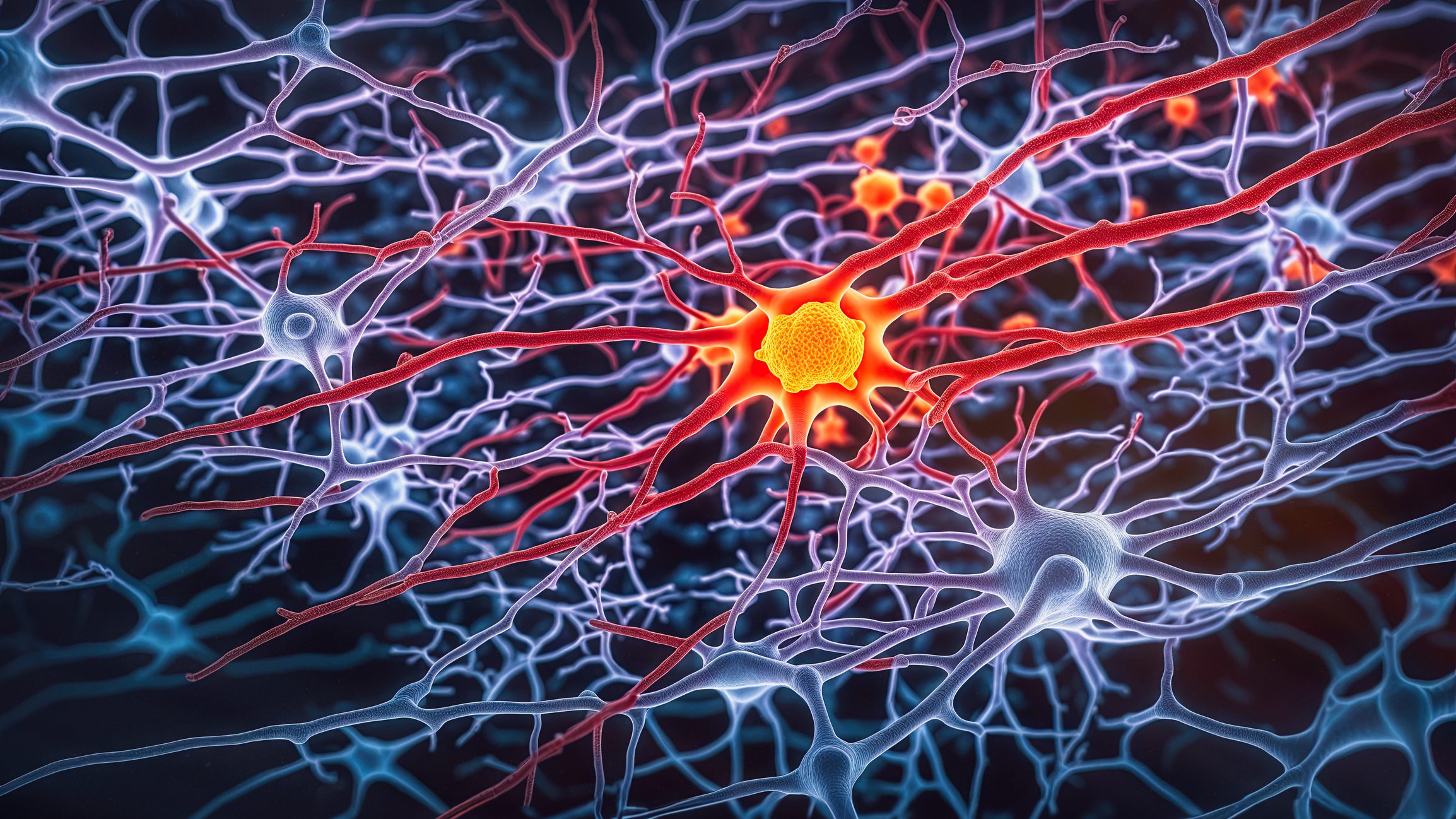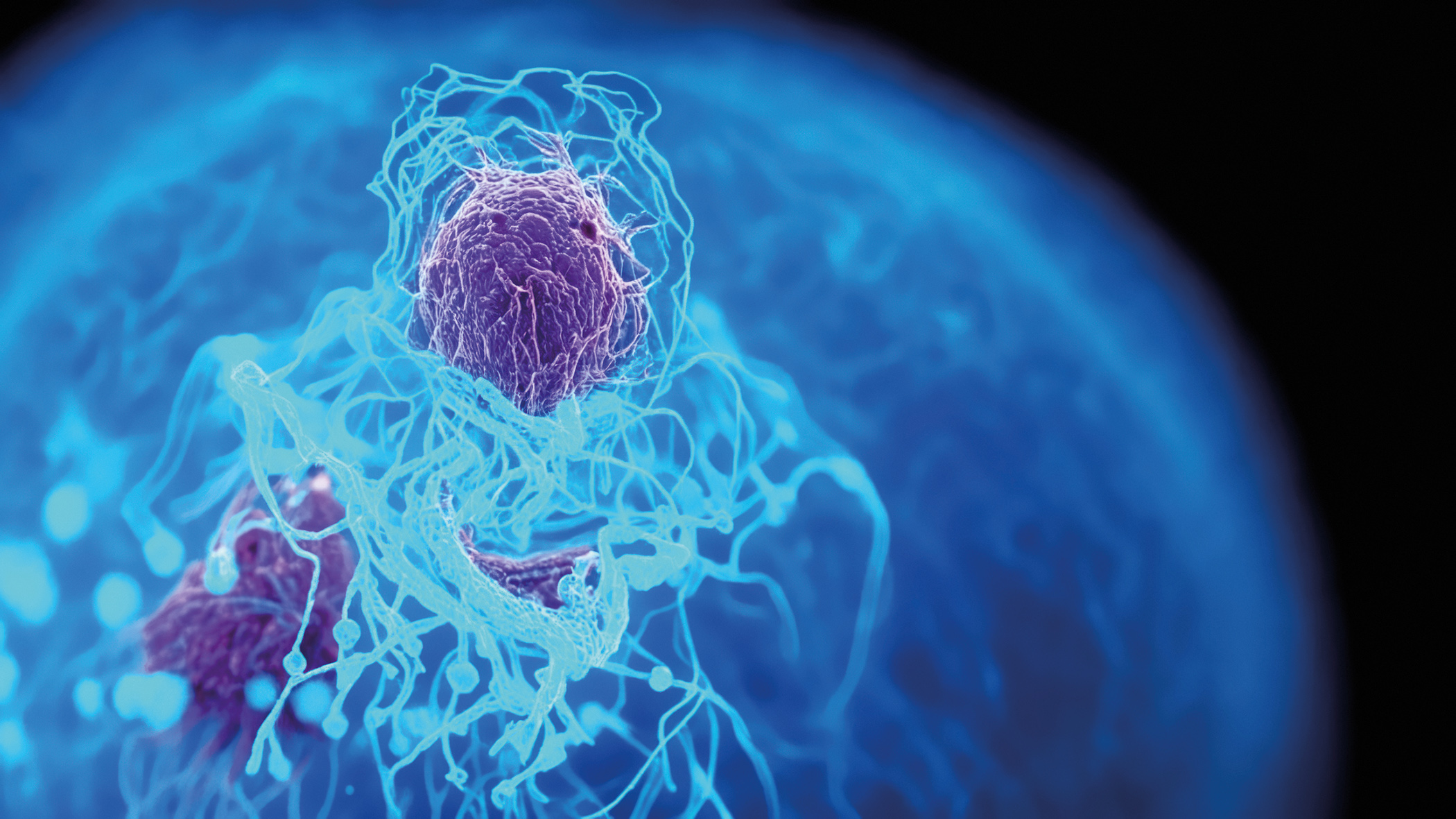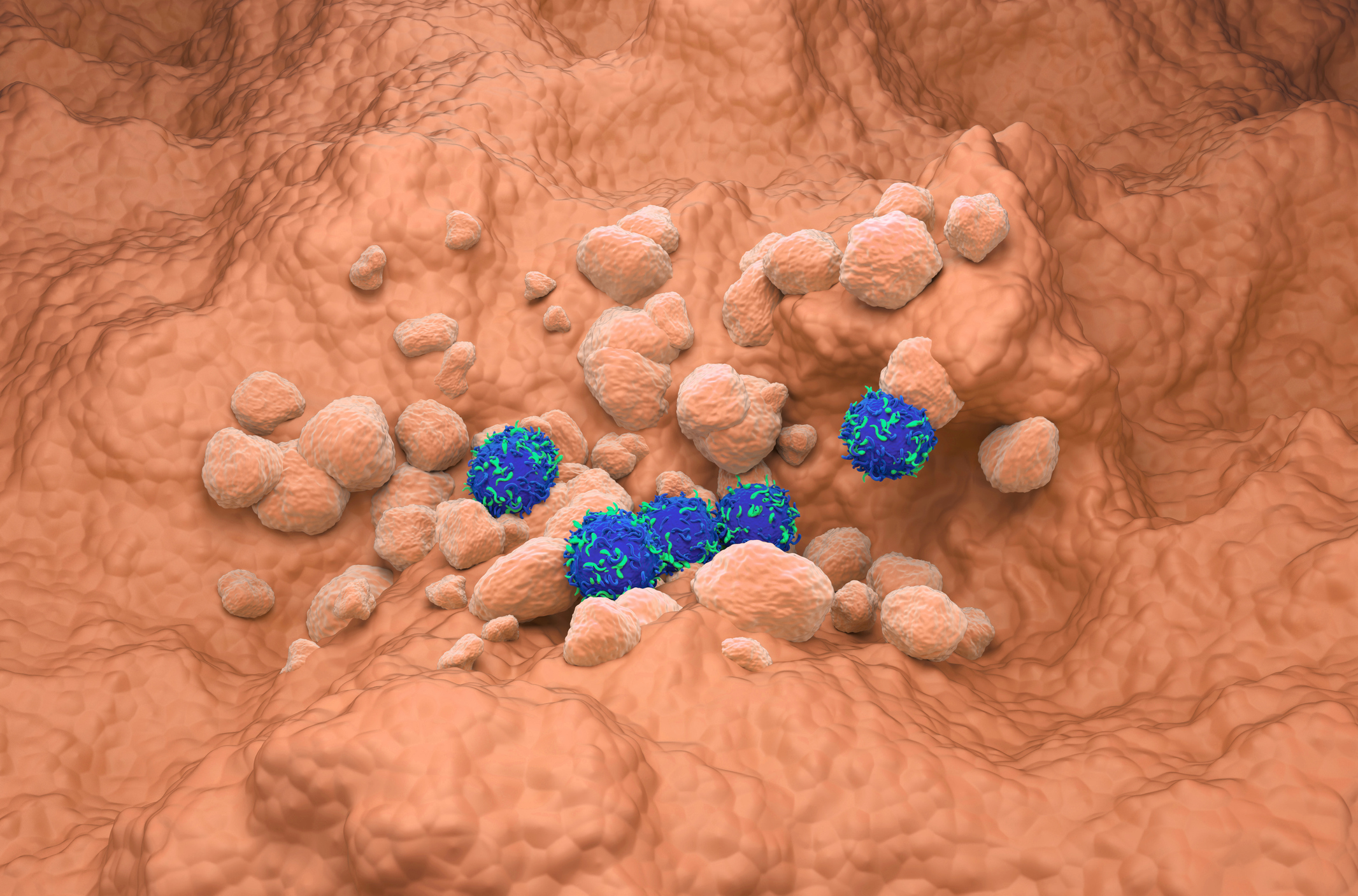Multiple sclerosis (MS) and neuromyelitis optica spectrum disorders (NMOSD) are both diseases of the central nervous system. They can have similar symptoms and for a long time NMOSD was regarded as a special form of MS, as both are usually relapsing-remitting. It is now known that these are two different diseases, each requiring different therapies. The strategies of both entities are continuously improved and adapted.
The treatment of women with multiple sclerosis (MS) during pregnancy and breastfeeding still requires intensive research. MS activity is often reduced during pregnancy, but can increase again very quickly postpartum. Patients with a highly active course of the disease are therefore advised to resume disease-modifying therapy soon after giving birth. However, with the exception of ofatumumab, monoclonal antibodies (mAb) are not approved for breastfeeding. Initial data show a low transfer of ocrelizumab, rituximab and natalizumab into breast milk and no abnormalities in breastfed infants, but the clinical data situation is still limited. This was the starting point for a study investigating the development of children whose mothers were treated with a mAb while breastfeeding compared to children whose mothers did not receive MS therapy while breastfeeding [1]. A total of 140 exposed cases with a diagnosis of MS or neuromyelitis optica spectrum disease were identified, with no significant differences in demographic characteristics compared to the control group (n=140). Exposure to mAb during breastfeeding began on a median of 24 days postpartum. Breastfeeding was most common with natalizumab (61.43%), followed by ocrelizumab (21.43%), rituximab (7.14%) and ofatumumab (7.14%); in 3 cases (2.14%) mAb therapy was switched from natalizumab to ocrelizumab and in 1 (0.71%) from rituximab to ocrelizumab. Two children had previously been breastfed with glatiramer acetate and one with interferon. Developmental delays did not occur more frequently in the exposed group (0.71% vs. 2.14%). There was also no significant difference in body mass during the follow-up period. There were no significant differences either in the average number of hospitalizations per year or in the proportion of children who were hospitalized at least once (13.57% vs. 12.86%), nor in the individual years of life. The preliminary evaluation suggests that mAb exposure during breastfeeding had no negative impact on the development or health of the breastfed children.
Risk perception influences treatment decision
Treatment approaches for active MS are based on the assessment of the risk of further disease progression and the risk/efficacy profile of disease-modifying treatments (DMTs). Choosing the best first-line therapy or switching to other medications for MS patients is a complex and collaborative decision-making process that is strongly influenced by the individual’s perception of risk. New therapies, especially those classified as highly effective treatments (HET), are perceived to be safer, even if the results of Phase III clinical trials do not confirm this. This perception of HETs as higher risk treatments may limit their use in clinical practice. A data collection therefore aimed to describe the course of treatment of MS patients and the possible influence of individual risk perception on the treatment decision using an innovative and interactive digital approach [2]. 16 healthcare professionals (HCPs) were interviewed about the possible treatment paths of MS patients and their usual treatment approaches. The medical records and patient documentation were then reviewed, including the professionals’ perceptions of patient satisfaction and treatment effectiveness. Finally, in an online survey of MS patients, the preferences for the treatment method, individual expectations of MS therapies, the assessment of individual therapy success and treatment satisfaction were evaluated. It was shown that clinical and subclinical parameters are the main factors in the selection of an MS therapy, followed by the patient’s individual situation. For doctors, effectiveness is often more important than safety, and for most patients the desire to stabilize the disease outweighs the desire for fewer side effects. A correlation between the individual perception of HET and the course of treatment of patients could not be established.
Remyelination – a question of age
Remyelination is an effective endogenous repair mechanism after demyelination in MS, but is often impaired or incomplete in MS patients. The cuprizone model has long been established for research into demyelination and remyelination: Here, young mice are fed with the copper chelator cuprizone, which triggers toxic demyelination of various brain structures. After termination of this feeding, a pronounced, rapid and complete remyelination occurs immediately in young animals, so that the clinically relevant examination of incomplete remyelination, which would correspond to typical human pathology, is not possible. For this reason, the conventional cuprizone model was modified, in which older mice (six months old) were used experimentally. These showed slower and incomplete remyelination after demyelination, which corresponds more closely to the limited remyelination capacity in the patient. But why does the remyelination of aged mice proceed more slowly and inefficiently in the cuprizone model? What are the dynamics of inflammatory processes during remyelination, including astrocytic and microglial responses? Which key factors are relevant here? A study group addressed these questions [3]. Six-month-old mice were treated with 0.4% cuprizone-containing feed for 6.5 weeks. After the end of exposure, the mice were monitored for 1.5 weeks to investigate remyelination. In parallel, young mice (8-10 weeks) were treated with 0.2% Cuprizone for five weeks and also followed up for 1.5 weeks. Using bulk RNA and micro RNA sequencing, relevant genes were identified in the comparison of these two treatment groups and their expression pattern was characterized in the group comparison.
Cuprizone treatment led to significant demyelination of various white and grey matter brain areas in young and aged animals. Subsequently, there was a pronounced and rapid remyelination in young animals, while remyelination in aged animals was slower and remained incomplete. Transcriptome analysis revealed differences in the expression of various factors between young and aged animals during de- and remyelination. One of the findings was that both the regenerative and inflammatory processes were clearly upregulated in the old mice. Different regeneration rates of oligodendrocytes were accompanied by astrocytosis and prolonged microgilosis. The detailed analysis of de- and remyelination processes is a fundamental prerequisite for an improved understanding of multiple sclerosis. In the present study, factors were identified that may play an important role in remyelination in the cuprizone model. These findings form the basis for a more precise understanding of the pathogenesis of demyelinating diseases and thus contribute to the development of new therapeutic approaches.
Late- and early-onset NMOSD
Neuromyelitis optica spectrum disorders (NMOSD) are rare, relapsing chronic autoimmune diseases of the central nervous system, which first manifest themselves on average at the age of 40. Around 30% of patients have a so-called late-onset (age ≥50 at the onset of the disease). Smaller studies and case series have already shown that the late-onset differs significantly from the early-onset (<50 years) in terms of clinical course and treatment response. However, the case numbers were often small or did not include European patients. The aim of one study was to compare NMOSD patients with late-onset and patients with early-onset with regard to clinical symptoms, relapse rate, disability progression and response to relapse therapy [4]. Of 447 patients, 153 (34%) had a late-onset. Women with an early-onset were significantly more likely to be AQP4-IgG positive (93% vs. 81%). The overall cohort also differed significantly in terms of antibody distribution between late-onset and early-onset (AQP4-IgG-positive: 94.1% vs. 81.0%). The two groups also differed in terms of the main symptoms: while 42% of the early-onset patients suffered optic neuritis (ON) at the onset of the disease, this only applied to 27% of the late-onset cases. In contrast, significantly more late-onset patients suffered inital myelitis (56.8% vs. 37.3%). In contrast, the relapse analysis did not reveal any significant differences with regard to the annualized relapse rate. However, the evaluation of the remission rate showed that patients with a late-onset recovered significantly worse, both in the overall cohort and in the subgroup with acute myelitis. In contrast, there was no relevant difference in relapses affecting the optic nerve. With regard to disease progression, significant differences were found between late-onset and early-onset with regard to the achievement of defined disease severity endpoints to the disadvantage of late-onset patients. All in all, NMOSD patients with a late-onset suffered significantly more myelitis and less optic neuritis at first manifestation, were more severely affected in relapse, recovered less well and reached clinically function-limiting endpoints more quickly than patients with an early-onset. The number of total relapses, on the other hand, was comparable.
Congress: DGN 2023
Literature:
- Witt L, et al: Child development after application of monoclonal antibodies during breastfeeding. Abstract 91. 96th Congress of the German Neurological Society (DGN), November 8-11, 2023.
- Wagner B, et al: Characterizing a neurologist’s risk perception and its influence on treatment decisions for patients with multiple sclerosis – KLEOS. Abstract 98. 96th Congress of the German Neurological Society (DGN), November 8-11, 2023.
- Möllenkamp T, et al: Age-dependent differences in remyelination: analysis of mRNA expression patterns to identify key factors in the cuprizone model. Abstract 151. 96th Congress of the German Neurological Society (DGN), November 8-11, 2023.
- Kretschmer JR, et al: Clinical characteristics of late- and early-onset in neuromyelitis optica spectrum disorders. Abstract 51. 96th Congress of the German Neurological Society (DGN), November 8-11, 2023.
InFo NEUROLOGY & PSYCHIATRY 2024; 22(1): 20-21 (published on 2.2.24, ahead of print)












